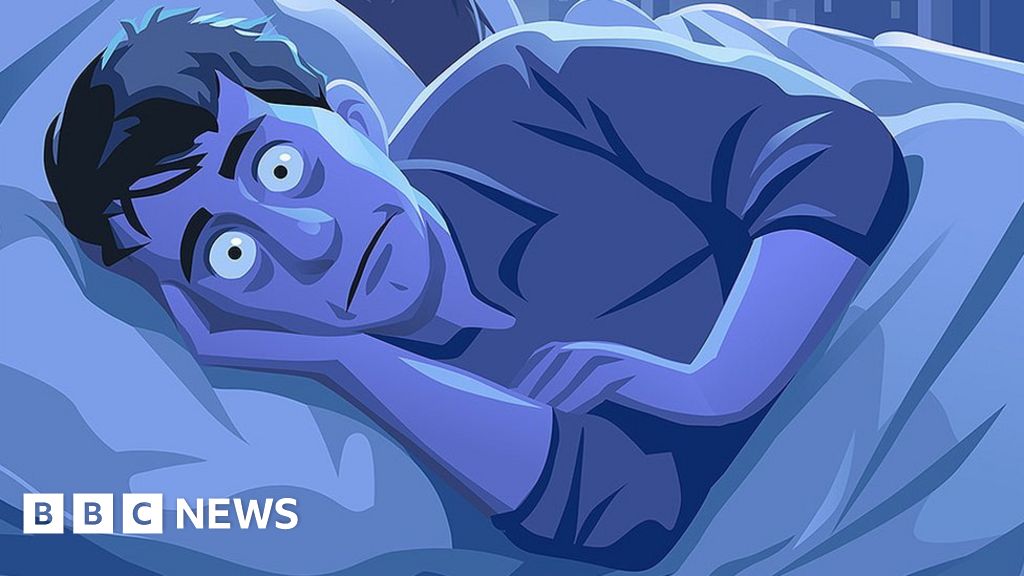Insomnia is a prevalent issue affecting people of all ages, but its causes, symptoms, and treatments can vary significantly across different age groups. Understanding how insomnia manifests in children, adolescents, adults, and the elderly is essential for effective management and improving sleep quality. Here’s what you need to know about insomnia in various age groups.
Insomnia in Children
Causes
Children may experience insomnia due to a variety of factors, including:
Stress and Anxiety: Academic pressures, family dynamics, or changes in routine can contribute to sleep disturbances.
Nightmares or Night Terrors: These common sleep disturbances can lead to difficulty falling back asleep.
Medical Conditions: Issues such as asthma, allergies, or ADHD can interfere with sleep.
Symptoms
Children with insomnia may exhibit:
Difficulty falling asleep or staying asleep.
Frequent nighttime awakenings.
Daytime fatigue, irritability, or trouble concentrating.
Management
To help children cope with insomnia:
Establish a Consistent Routine: A calming bedtime routine can signal to the child that it’s time to sleep.
Create a Comfortable Sleep Environment: Ensure the bedroom is dark, quiet, and conducive to sleep.
Limit Screen Time: Reducing exposure to screens before bedtime can improve sleep quality.
Insomnia in Adolescents
Causes
In adolescents, insomnia often arises from:
Hormonal Changes: Puberty can impact sleep patterns and quality.
Academic and Social Pressures: Stress from schoolwork, extracurricular activities, and social dynamics can lead to sleep disturbances.
Technology Use: Late-night screen time can disrupt circadian rhythms.
Symptoms
Common signs of insomnia in teenagers include:
Difficulty falling asleep or waking up too early.
Increased irritability or mood swings.
Difficulty concentrating in school.
Management
To address insomnia in adolescents:
Encourage Healthy Sleep Habits: Promote a regular sleep schedule and relaxation techniques.
Limit Stimulants: Encourage avoidance of caffeine and electronic devices before bedtime.
Open Communication: Discuss any stressors with them to help alleviate anxiety that may be affecting sleep.
Insomnia in Adults
Causes
In adults, insomnia can stem from:
Work-Related Stress: Job demands and career pressures can lead to sleepless nights.
Life Changes: Major life events, such as divorce or the loss of a loved one, can trigger insomnia.
Health Conditions: Chronic pain, anxiety disorders, or depression can disrupt sleep.
Symptoms
Adults with insomnia may experience:
Difficulty falling asleep or staying asleep throughout the night.
Waking up too early and not being able to return to sleep.
Daytime fatigue, decreased performance, and increased irritability.
Management
For adults dealing with insomnia:
Cognitive Behavioral Therapy for Insomnia (CBT-I): This therapy helps individuals change their sleep-related thoughts and behaviors.
Medication: In some cases, doctors may prescribe sleep aids, though these should be used cautiously and under supervision.
Lifestyle Changes: Incorporating regular exercise, reducing alcohol and caffeine intake, and practicing relaxation techniques can significantly improve sleep quality.
Insomnia in the Elderly
Causes
Older adults often face unique challenges, including:
Changes in Sleep Architecture: As people age, the proportion of deep sleep decreases, and lighter sleep becomes more common.
Medical Issues: Chronic conditions like arthritis, heart disease, or respiratory problems can interfere with sleep.
Medications: Certain medications can have side effects that disrupt sleep patterns.
Symptoms
Signs of insomnia in older adults may include:
Difficulty falling asleep or staying asleep.
Increased daytime sleepiness or fatigue.
Confusion or memory issues related to poor sleep quality.
Management
To help older adults manage insomnia:
Promote a Regular Sleep Schedule: Encourage consistent sleep and wake times to regulate their internal clock.
Limit Naps: Short, earlier naps can help, but long or late-afternoon naps should be avoided.
Address Underlying Health Issues: Consult with healthcare providers about managing chronic conditions and reviewing medications that may disrupt sleep.
Conclusion
Insomnia is a multifaceted issue that varies across different age groups, influenced by a range of psychological, physiological, and environmental factors. Recognizing how insomnia presents at various life stages is crucial for developing effective management strategies tailored to each group’s unique needs. By addressing the underlying causes and implementing appropriate interventions, individuals of all ages can improve their sleep quality and overall well-being. Whether through lifestyle changes, professional support, or open communication about stressors, effective management of insomnia is possible, leading to healthier, more restful nights.
